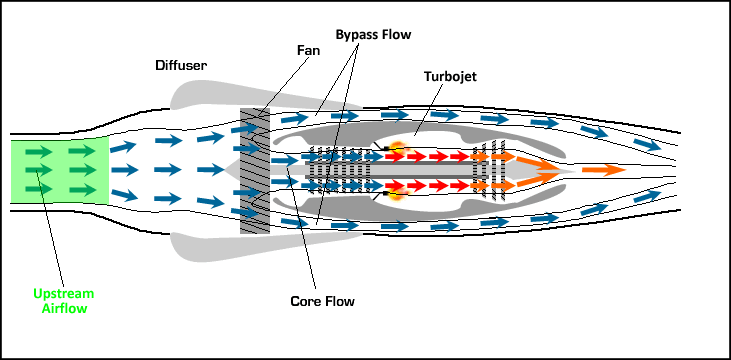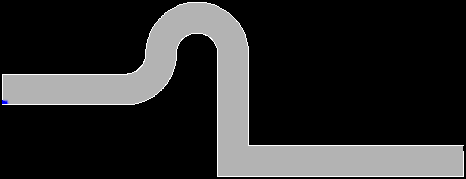

Check the condition of the pump shaft seal and if it is leaking, replace it.Ĭavitation occurs when the volume of fluid demanded by any part of a hydraulic circuit exceeds the volume of fluid being supplied. In some systems, air can enter the pump through its shaft seal. If the fluid level in the reservoir is low, a vortex can develop, allowing air to enter the pump intake.Ĭheck the fluid level in the reservoir, and if low, fill to the correct level. Flexible intake lines can become porous with age therefore, replace old or suspect intake lines. For this reason, it is important to make sure pump intake lines are in good condition and all clamps and fittings are tight. Aeration accelerates degradation of the fluid and causes damage to system components through loss of lubrication, overheating and burning of seals.Īir usually enters the hydraulic system through the pump’s inlet. Other symptoms include foaming of the fluid and erratic actuator movement.

Air in the hydraulic fluid makes an alarming banging or knocking noise when it compresses and decompresses, as it circulates through the system. Aeration occurs when air contaminates the hydraulic fluid.

These symptoms are abnormal noise, high fluid temperature and slow operation.Ībnormal noise in hydraulic systems is often caused by aeration or cavitation. In the case of hydraulic systems, there are three easily detectable symptoms that give early warning of root cause conditions. Proactive maintenance emphasizes the routine detection and correction of root cause conditions that would otherwise lead to equipment failure.


 0 kommentar(er)
0 kommentar(er)
